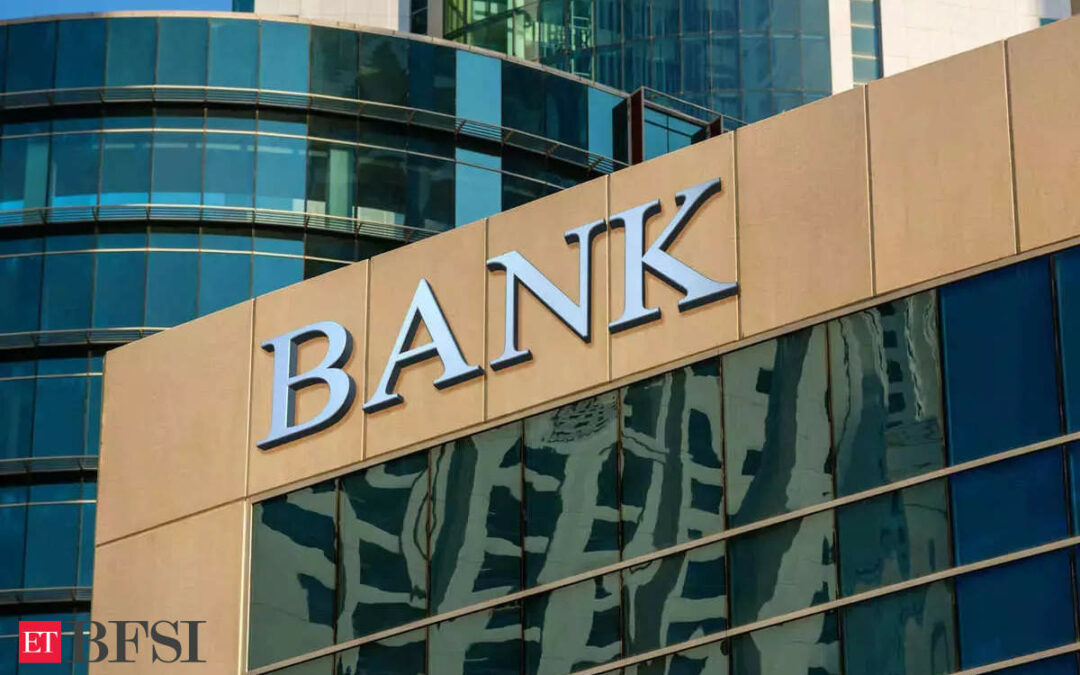Mumbai: Bank borrowing through market instruments has climbed to its highest levels, racing past ₹9 lakh crore and drawing the regulator’s attention, as a persistently faster growth rate for credit over deposits compels lenders to rely on alternative fundraising avenues.
Data the Reserve Bank of India publishes on a fortnightly basis showed that as of July 26, banks’ borrowings were at ₹9.32 lakh crore, 20% higher than the borrowing figure on April 5.
Figures listed under the ‘borrowings’ section for scheduled commercial banks in the fortnightly RBI data largely represent short-term funding routes, such as interbank repo operations and the use of tri-party repos, analysts said. Issuances of instruments such as additional tier-1 and infrastructure bonds are also included in bank borrowing data, but certificates of deposits are not. Infrastructure bond issuances have gathered pace over the past couple of months.
The average fortnightly borrowing so far in the current financial year stood at ₹7.99 lakh crore, 45% higher than the comparable figure a year ago, the RBI data showed.
“There is a credit-deposit wedge, but in terms of growth, that has started to narrow because credit growth has come down to close to 14% while deposit growth is around 11%. However, in absolute terms there is still a wedge,” said Kanika Pasricha, Union Bank of India’s chief economic advisor.
Plugging the Gap
“If we look at FY24 numbers, after adjusting for the effects of the HDFC merger, deposit accretion was around ₹23 lakh crore mark, while credit accretion was in the region of close to ₹22 lakh crore. In order to plug the wedge, especially when credit accretion is more than 75-80% of deposit accretion, banks are forced to rely on borrowings,” Pasricha said.
As of July 26, bank credit growth was at 15.1% year-on-year, while deposit growth was at 11.0%, RBI data showed. The data exclude the impact of the merger between HDFC and HDFC Bank. Bank credit growth has continuously outstripped deposit growth since April 2022, as the economy progressively re-opened after the restrictions of the pandemic.
“…banks are taking greater recourse to short-term non-retail deposits and other instruments of liability to meet the incremental credit demand. This, as I emphasised elsewhere, may potentially expose the banking system to structural liquidity issues,” said RBI governor Shaktikanta Das at the central bank’s latest policy statement on August 8.
Das referred to the increasing attractiveness of alternative investment avenues for retail customers and the challenges faced by banks on the funding front.
According to Soumyajit Niyogi, director at India Ratings & Research, while the latest deposit accretion numbers were encouraging, it would take more time to bring down banks’ credit-deposit ratio, with a key factor being banking system liquidity conditions. “Banks are still facing day-to-day liquidity mismatches and for that, they are relying on market borrowing,” he said.











